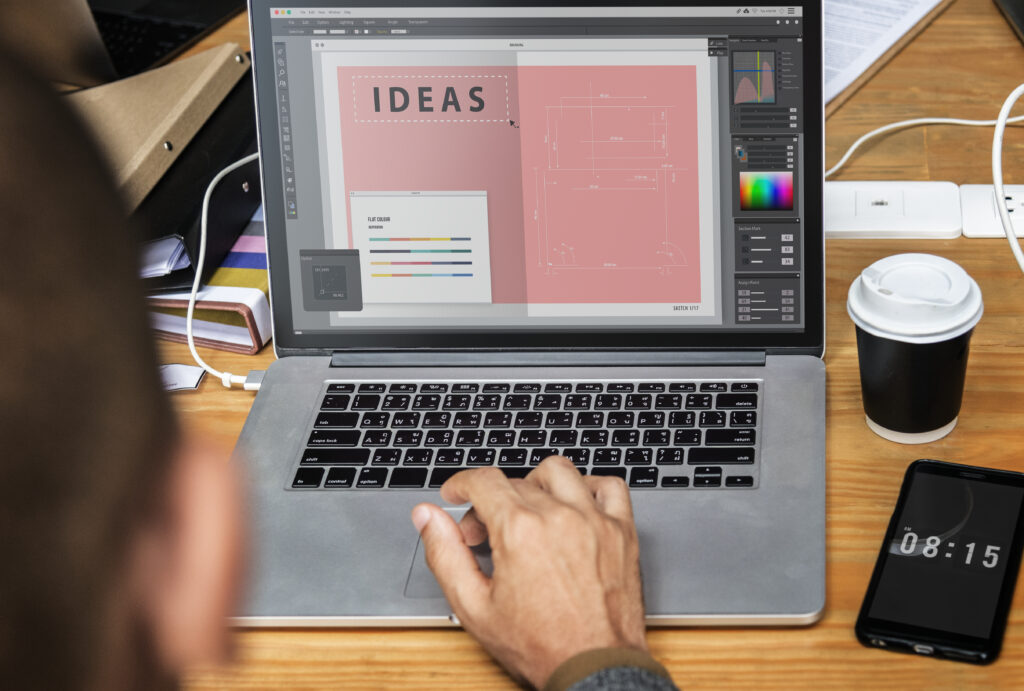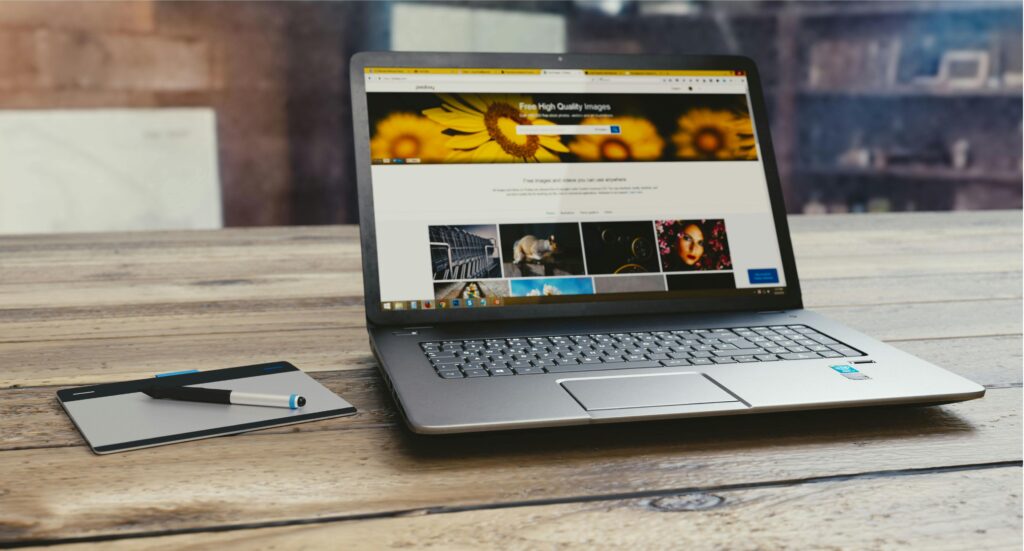In this glamorous world of highly visual graphic design work, your website becomes more than merely a digital business card; it transforms into an entire portfolio, a sales pitch, and an expression of your creative identity. Whether you are freelance, running a small boutique agency, or a large creative firm, your graphic design website must shine. A perfect high-impact exhibit showcases your prowess and also attracts clients and opportunities. Here are 10 must-have features every high-efficiency graphic design site should possess.
1. A Portfolio That Touring
Central to any graphic design website is the portfolio. It ought to display your greatest work in a manner that is organized, clean, and engaging. High-resolution images should be used with a little information about each project detailing the client, the problem involved, the creative process itself, and the results. A filterable gallery or category tags are useful when allowing visitors easy navigation through different types of work (branding, web design, print).
Pro Tip: Pair testimonials with your portfolio work to enhance credibility and social proof.
2. Branding and Visual Identity to be Clear
Your brand must relate as a design to your art and competencies. Everything from logo and color palette to typography and layout must be cohesive and intentional. Your graphic design website is the perfect canvas to demonstrate your design sensibility – make it count.
Pro Tip: Consistent style across the site, with a brand style guide section, would reinforce the visual language.
3. Responsive and Mobile-Friendly Design
Since a significantly growing user base is using mobile devices, it should be understood that a responsive website is top of the list. It must be able to adjust well without losing user experience or beauty for the different types of screens used. So, whether a user is on their desktop, tablet, or smartphone, the work of a designer should be fabulous.
Pro Tip: Cross-browser testing would be useful in validating how well the platform operates with other devices, too.
4. A Navigation that Real Users Like
Even if a website is very gorgeous, it will still fail if its visitors can’t find what they want on it. Personalized navigation helps users know your works and services, and how to get in touch. Simple and logical: an easy menu structure that shows Portfolio, About, Services, and Contact.
Pro tip: Add a sticky or hamburger menu for easier navigation on long pages or mobile.
5. A Nice About Section
The About page is one of the most visited pages on a graphic design site. This is where a potential client makes a connection with you as an individual or as a team. Share your background, design philosophy, values, and what sets you apart from others. Invest in some good images or a short video to humanize your brand.
Make your story relatable and focus on how your experience benefits the client.
6. Overview of Services
Clearly define your services. Whether developing logos, building websites, creating packaging, or designing motion graphics, it should be clear to the visitors what a company can provide. A brief description alongside visuals or icons would make the service offerings more digestible.
Pro Tip: You should also add case studies for those services to gain more depth and credibility.
7. Contact and Call-to-Action (CTA)
It’s quite easy to get a potential client by looking at an appealing graphic design website. Your contact page should have a basic form, your email address, links to your social media accounts, and maybe calendar scheduling of consultation times. Use effective CTAs across the web, like ‘Let’s Work Together’ or ‘Get a Quote,’ so that the users can take action.
Pro Tip: Don’t ask for too many fields in your contact form. It may annoy users. Keep it simple and user-friendly.
8. The Blog or Insights Section
A blog can show off your expertise in and knowledge of design trends, projects, or industry developments. It can also boost search engine optimization and fresh content on your site. Keeping the blog active keeps visitors (and search engines) informed about your site.
Pro Tip: Tag each blog instance by using keywords, for example,” a graphic design website,” to improve your search engine visibility.
9. Speed Load Times and Optimized Performance
Speed is essential. A slow-loading site will turn a reader away from looking at the available works. Thus, one must optimize image size, configure caching, and select the best reliable hosting.
Pro Tip: Do a run analysis with Google PageSpeed Insights to pin down areas needing improvement and what to do about them.
10. Search engine optimization
A good website can hardly achieve magic unless someone knows how to find it. Thus, it is essential to incorporate SEO best practices to drive visitors to the site. Some of these practices include associating relevant keywords ( “graphic design website”) with the world’s most relevant meta-descriptions and page titles, using ALT text for images, and making the site crawlable by search engines.
Pro Tip: Schema markup will enable search engines to better understand your content, which improves the visibility of your web pages within search results.
Conclusion
High-impact graphic design website design is not just about design; it involves a combination of art and strategy to give an experience that converts visitors into clients. By using these ten obligatory features, not only will you showcase your creative talent, but also develop a site that matches business goals.



